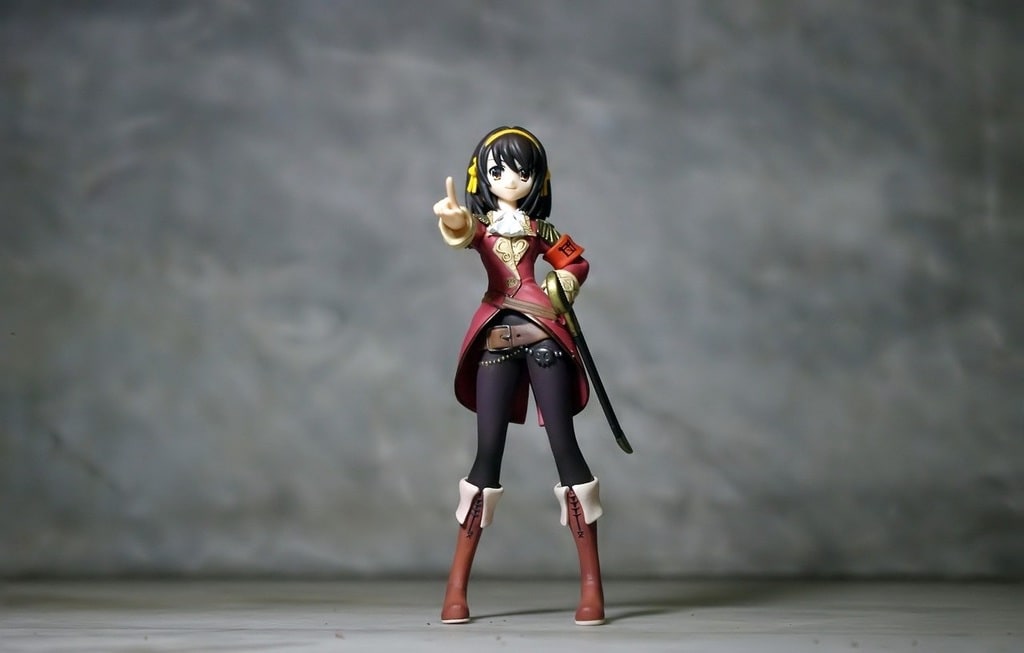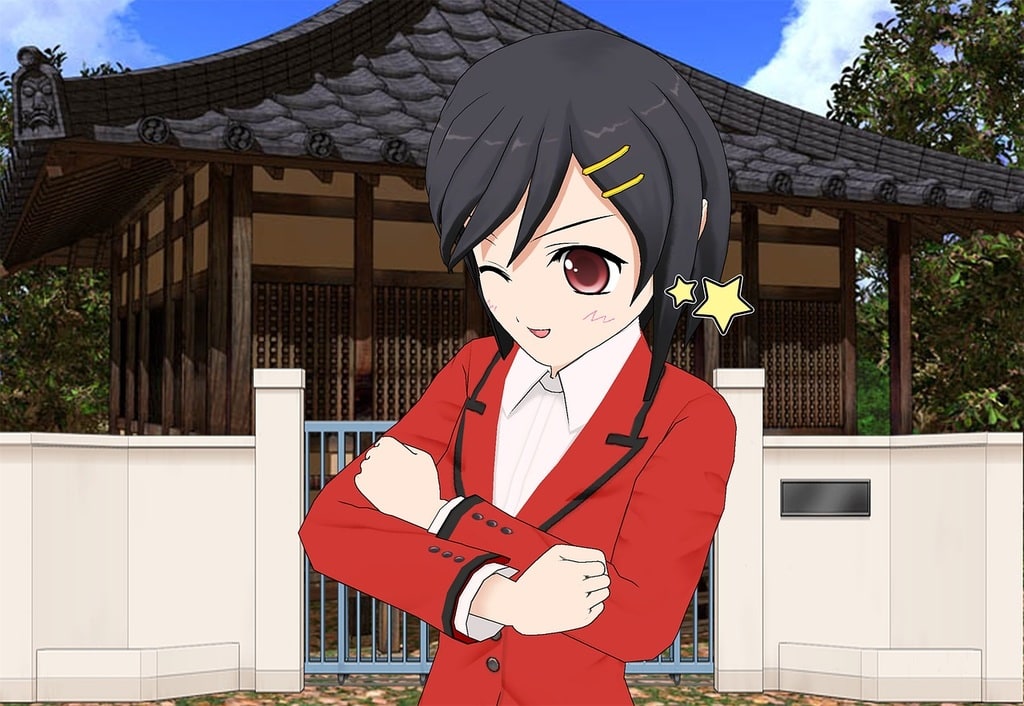The evolution of animation has been a journey of artistic innovation, technical advancement, and creative storytelling. From the early days of hand-drawn cel animation to the groundbreaking CGI (computer-generated imagery) that dominates the industry today, animation has continuously transformed itself, pushing the boundaries of what is possible in visual storytelling.
From Hand-Drawn Frames to Digital Masterpieces: a Journey Through Animation’s Evolution
In the earliest days of animation, artists painstakingly drew each frame by hand, a process that was both time-consuming and labor-intensive. These hand-drawn animations, or cel animations, were created by drawing characters and scenes on transparent sheets of celluloid, which were then photographed in sequence to create the illusion of movement. Classic films such as *Snow White and the Seven Dwarfs* (1937) and *Bambi* (1942) are iconic examples of this traditional method. Each frame was a labor of love, requiring skill and dedication to bring characters and stories to life.
As the years passed, the process of animation began to evolve, largely driven by technological advancements. The introduction of the multi-plane camera in the 1930s allowed for a greater depth of field, enabling animators to create more complex and visually rich scenes. This was a significant milestone in the development of animation, as it allowed for a more immersive viewing experience.

The Transition to Digital Animation
The 1980s and 1990s marked a significant shift in the world of animation with the advent of digital tools. This era saw the gradual transition from hand-drawn techniques to digital animation, a change that was driven by the increasing capabilities of computers. Digital animation allowed for greater precision, efficiency, and flexibility, enabling animators to experiment with new styles and techniques.
One of the most significant developments during this time was the rise of 2D digital animation. Unlike traditional hand-drawn methods, 2D digital animation involved creating characters and backgrounds on a computer, allowing for easier manipulation and editing. This period also saw the integration of 3D elements into 2D animations, adding a new dimension to animated films and television shows.
The success of films like *The Little Mermaid* (1989) and *Beauty and the Beast* (1991) demonstrated the potential of blending traditional animation techniques with digital technology. These films retained the charm of hand-drawn animation while incorporating digital enhancements that added depth and dynamism to the visuals.
The Rise of CGI: a New Era of Animation
The introduction of CGI in the 1990s marked a revolutionary change in the animation industry. CGI, or computer-generated imagery, allowed for the creation of fully 3D animated films, where characters, objects, and environments could be rendered with unprecedented detail and realism. The first full-length CGI film, *Toy Story* (1995), was a landmark achievement that showcased the potential of this new technology.
CGI animation brought with it a host of new possibilities. Animators were no longer bound by the limitations of traditional techniques; they could now create expansive worlds, lifelike characters, and complex scenes that were previously unimaginable. Films like *Shrek* (2001) and *Finding Nemo* (2003) captivated audiences with their stunning visuals and engaging stories, solidifying CGI’s place as the dominant form of animation.
Today, CGI is ubiquitous in the animation industry, with studios like Pixar, DreamWorks, and Disney producing films that push the boundaries of what is possible in animation. The level of detail, realism, and creativity achieved in modern CGI films is a testament to the incredible advancements made in animation technology.
Key Milestones in Animation History
The history of animation is rich with milestones that have shaped the industry and influenced the way stories are told. Here is a brief overview of some of the most significant moments in animation history :
- 1908: *Fantasmagorie* by Émile Cohl is released, widely considered the first animated film.
- 1928: *Steamboat Willie* introduces the world to Mickey Mouse, marking the rise of Walt Disney as a major force in animation.
- 1937: *Snow White and the Seven Dwarfs* becomes the first full-length animated feature film.
- 1964: the introduction of the Xerox process allows for more efficient production of hand-drawn animations.
- 1995: *Toy Story*, the first fully CGI film, is released, revolutionizing the animation industry.
- 2010: *Avatar* introduces advanced motion capture techniques, blending live-action with CGI on an unprecedented scale.
These milestones represent just a few of the many innovations that have driven the evolution of animation, each one contributing to the rich tapestry of the medium.
The Future of Animation: new Frontiers
As technology continues to advance, the future of animation holds exciting possibilities. Virtual reality (VR) and augmented reality (AR) are emerging as new frontiers in animation, offering immersive experiences that blur the line between the real and the virtual. These technologies have the potential to transform not only how stories are told but also how audiences engage with them.
Another promising development is the increasing use of artificial intelligence (AI) in animation. AI can assist animators in creating more complex and detailed animations, reducing the time and effort required to produce high-quality content. This could lead to new levels of creativity and experimentation in the medium, as animators are freed from some of the more tedious aspects of the production process.
The evolution of animation is far from over. With each technological leap, animators are discovering new ways to tell stories, captivate audiences, and push the boundaries of visual art. The journey from hand-drawn frames to CGI has been one of continuous innovation, and the future promises even more exciting developments in the world of animation.
